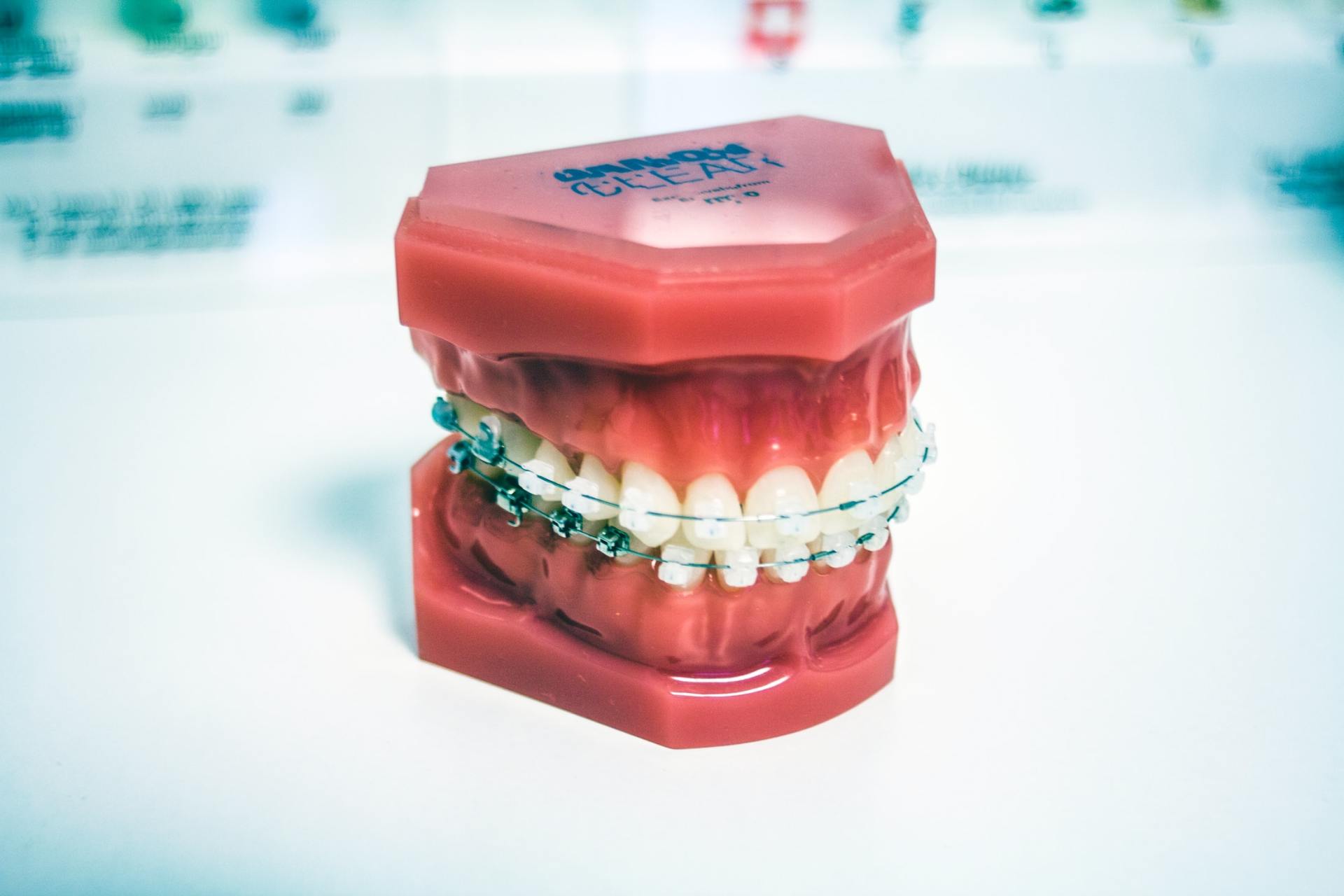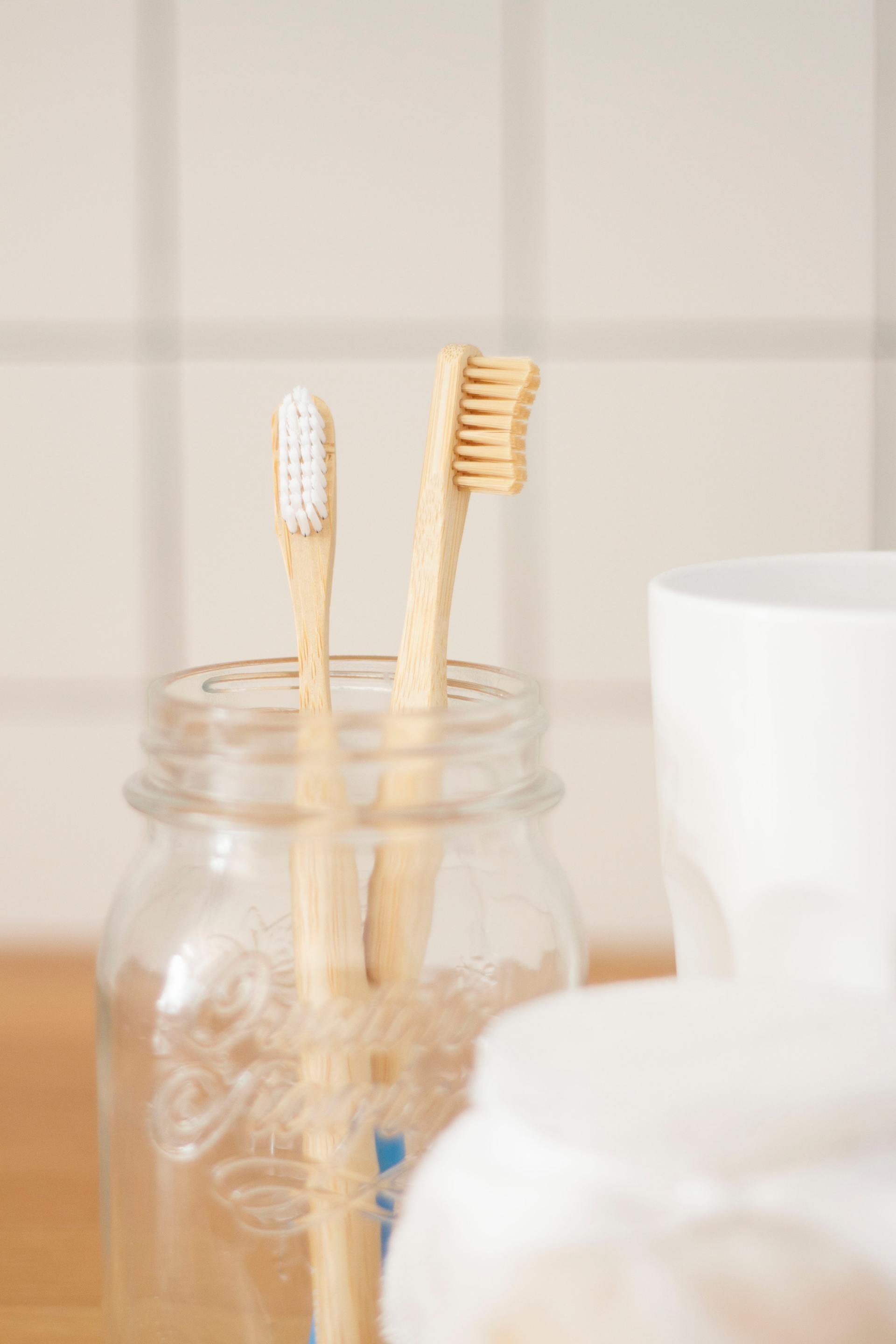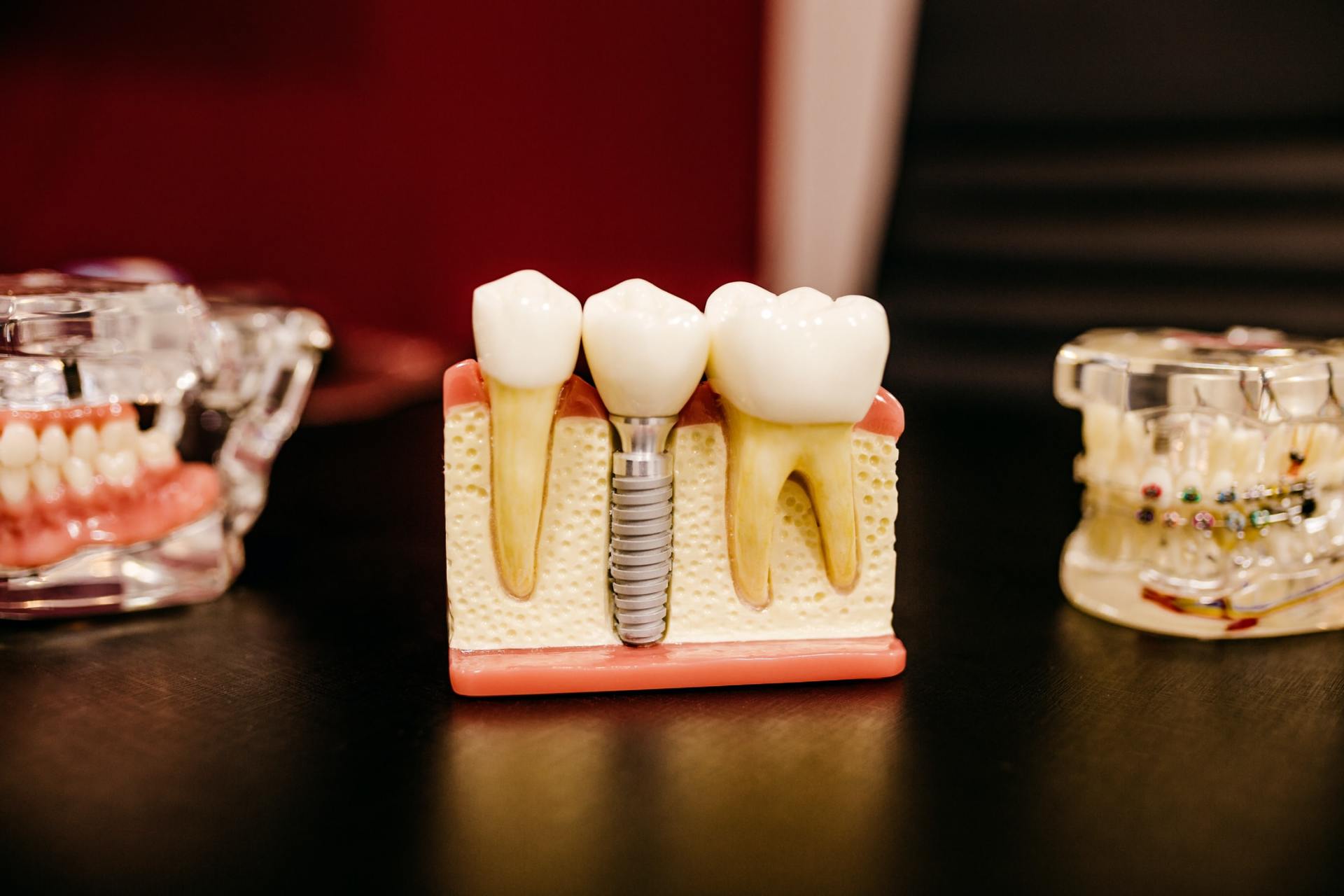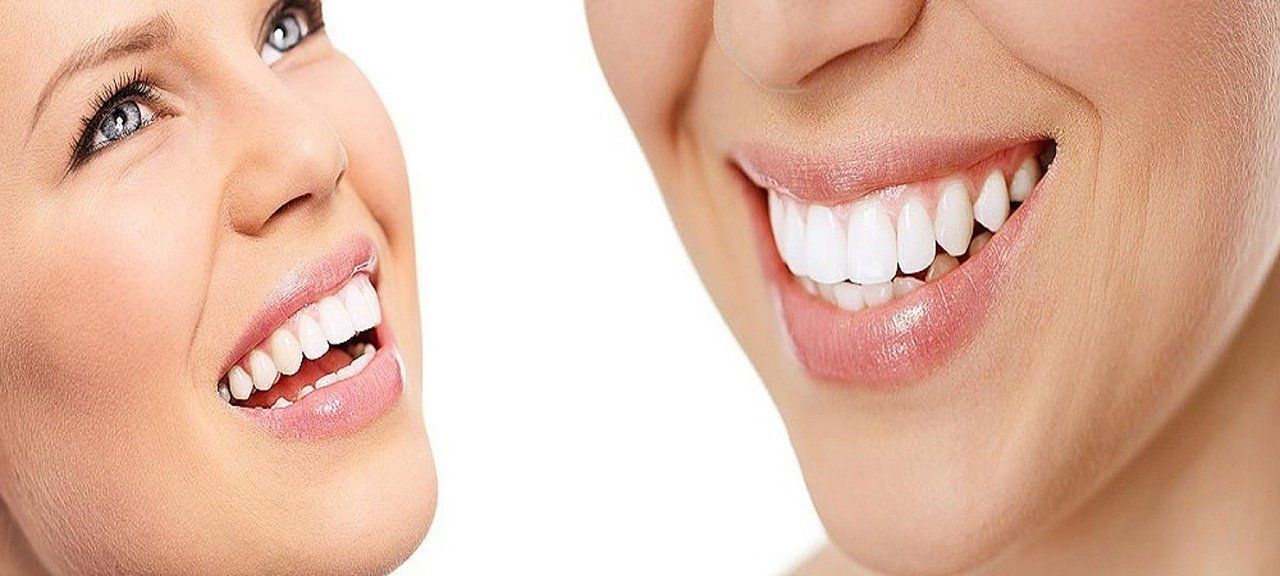Dentures, Their Characteristics and Benefits
Dentures to Replace Missing or Removed Teeth
Dentures are devices intended to replace a patient's missing teeth. This loss may be the result of extensive caries, dental trauma, advanced periodontal disease or failed root canals treatments that resulted in the need to perform a tooth extraction.
Dentures or dental prostheses are made of a variety of materials such as acrylic, plastic, metal, porcelain, etc. And depending on their characteristics, they are more or less similar to natural tooth tissue and gums.
Among the reasons for which the use of dental prosthesis is indicated to a patient are:
· To restore masticatory function.
· Improve phonetics.
· Avoid the development of dental occlusion alterations such as crowding. This is due to the fact that a tooth will always seek contact with an adjacent tooth, which is why dental migrations occur.
· Improve dental and facial aesthetics and in turn enhance the patient's confidence and self-esteem.
· Some prostheses are indicated to correct the shape and position of the teeth. And also to strengthen the remaining tooth structure after a cavity or fracture.
Dentures can be intended to replace one tooth, several of them or all teeth. And that is why there are different types of prostheses, which are adapted to the needs and requirements of each patient.
Mainly prostheses are divided into two categories:
Fixed prosthesis
As its name indicates, it is fixed to the remaining structure of the tooth and is not removed (unless this is necessary due to a specific circumstance: poor adaptation, injury to the surrounding soft tissues, etc.). They are usually durable and comfortable.
This prosthesis can be placed on natural teeth or on the abutment of a dental implant. Here you will find:
-Dental crowns: Are usually used after root canal treatment (especially in posterior teeth) or in cases of considerable loss of dental tissue due to caries or fracture. For their placement there must be a good crown-root proportion. Among the most commonly used crowns are those made of metal-ceramic.
In addition to restoring the affected tooth, they provide protection in teeth with high sensitivity due to a great loss of enamel. They are also used when a composite restoration is not feasible.
-Dental bridges: Which replace one or more teeth and are made up of at least two crowns. The bridge is cemented on the teeth adjacent to the missing teeth.
-Fixed prosthesis on dental implants: In this case the prosthesis -which can be a crown or a bridge- is not placed on a natural tooth but on the abutment of a dental implant, which is a titanium screw-shaped device whose function is to serve as a dental root, which is why it is used in cases of missing teeth.
Removable prosthesis
Unlike the fixed prosthesis, this one has the possibility of being removed every day, which facilitates its cleaning. Its use may be indicated in those patients who due to lack of bone support are not suitable for dental implants and also because it is a more economical option.
They should be cleaned at least once a day and should be removed to sleep in order to allow the tissues to rest from the pressure that the prosthesis can exert. They are custom-made and adapted to the patient's anatomy so that it does not move or dislodge.
Removable prostheses can be partial or complete:
-Removable partial prosthesis: Is attached to the neighboring teeth of the edentulous space (known as abutment teeth). They are indicated for patients who have lost some of their teeth. They can be made of metal-resin.
-Removable complete prosthesis: Unlike the previous one, it is indicated when the patient is totally edentulous, that is to say, there is absence of all the teeth of one or both dental arches.
Its fixation is not through the oral hard tissues (teeth) but in the mucosal tissues. Although it should be noted that this type of prosthesis can also be used in conjunction with the use of at least three dental implants, which is known as overdenture.
In order to determine the most appropriate type of denture for a patient, the prosthodontist must first perform a thorough examination of the oral cavity, and thus know the conditions in which their structures are.
In addition to this, it will indicate radiographic studies to evaluate the state of the dental roots and/or the bone that supports the teeth. With this, the dentist is in a position to make a correct diagnosis and will be able to propose the most appropriate treatment.
After this, it will take impressions of the patient's mouth, in order to obtain a cast model that replicates their structures and serve as a guide for the realization of the denture, and that is why it is manufactured based on the characteristics of each patient so that it adapts correctly to the tissues without dislodging.
The base of the prosthesis is usually made of acrylic, which when it is well polished is similar to gum tissue, giving it a fairly natural appearance.
A properly fabricated and well-fitted denture largely prevents the development of long-term problems such as inflammation of the surrounding tissues. This can also be avoided with an adequate daily routine of oral and denture hygiene and following the recommendations of the dentist.
Likewise, the use of cleaning tablets for removable prostheses that combat the action of microorganisms and eliminate stains is usually indicated. Also, the patient should have regular check-ups, especially in the case of fixed prostheses that cannot be removed for cleaning.
whitenwithhyten.com - Digital Marketing By Smart Digital
* DISCLAIMER - We use text messaging to contact our patients. By entering your phone number, you consent to texts. Rates and terms apply. Text STOP to opt out.










